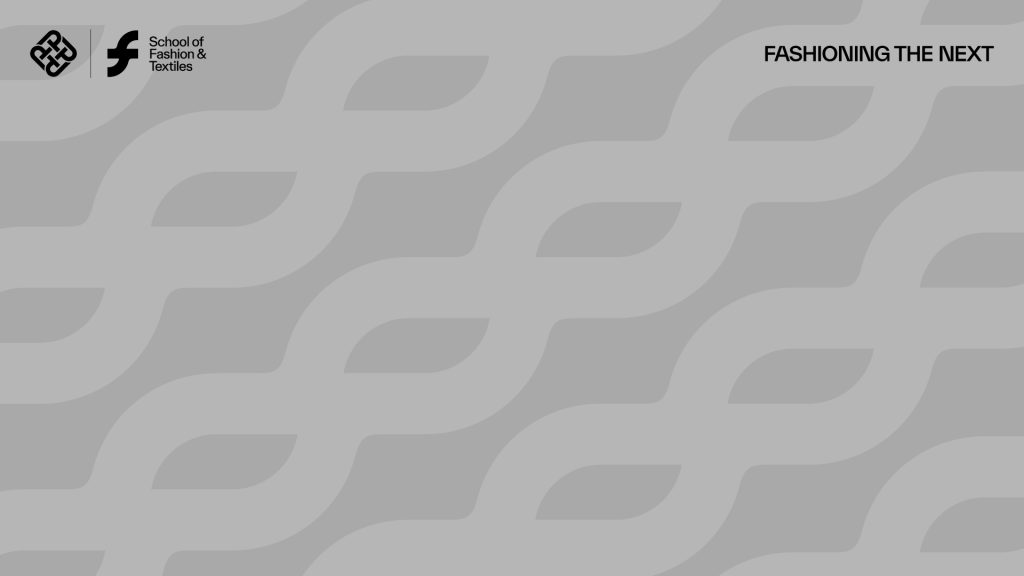Introduction/Background context
Adolescent idiopathic scoliosis (AIS) is the most common type of scoliosis, and affects up to 4% of adolescents in early stages. The deformity can develop during any of the rapid periods of growth in children, and the time of pubertal growth spurt also plays a role in spinal curve progression. Hence it is crucial to detect the disease early, to provide timely intervention.
Detection of scoliosis when it is mild or before the growth spurt can be conducted via various screening methods. Adam’s forward bend test (FBT) and scoliometer measurement of the angle of trunk rotation (ATR) are commonly used, to observe lateral bending and rotation of the spine, causing a visible rib hump. Moiré topography can also be used, but is reserved for second tier due to some degree of ambiguity. X-rays (XR) remain the best way to diagnose scoliosis, as it provides a clear image of the spine and allows measurement of Cobb angle; however it has risks associated including requirement of the use of ionising radiation.
Infrared (IR) thermography can be used to measure surface temperature and is performed with an IR camera. The temperature distribution and data matrix can be visualised into a thermal map, which has previously been studied and associated with the thermal asymmetry in paraspinal muscles, as well as significant temperature differences between the convex and concave side of the spinal curvature for idiopathic scoliotic patients. We hypothesize that such asymmetry and temperature differences may produce a detectable pattern on IR thermography, which would prompt further confirmatory investigations to reach a fast and non-radiation screening of AIS.
Aims and Objectives
For the purposes of this study, the hypothesised thermal pattern detected by IR thermography will be compared to the spinal deformities observed on XR, the ground truth as labelled by specialists. This will allow us to establish a paired dataset comparing spine visualisation between the two imaging modalities. Thus, the compared dataset would enable the generation of a machine learning model capable of automated classification of the deformity severities. The predictive accuracy of the model will be evaluated by the specialists’ assessment results. The aim of the project is to use IR to predict the severity of the scoliotic curve, opening up the possibility of using IR thermography with no radiation exposure and fully automated analytical pipeline for the screening of AIS.

